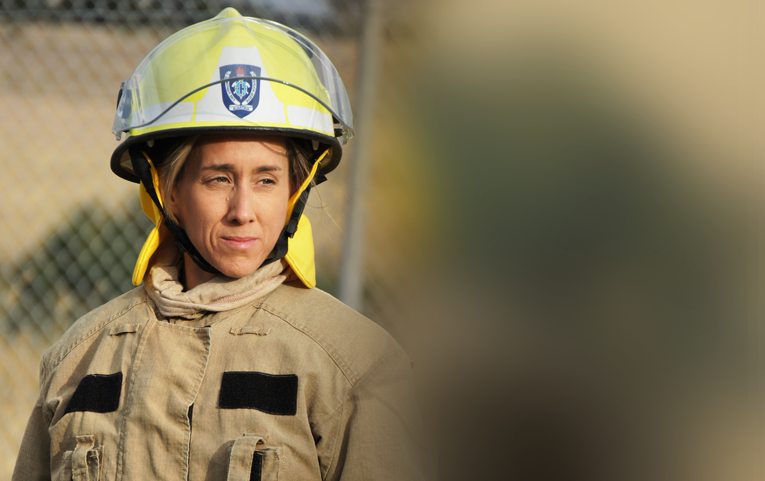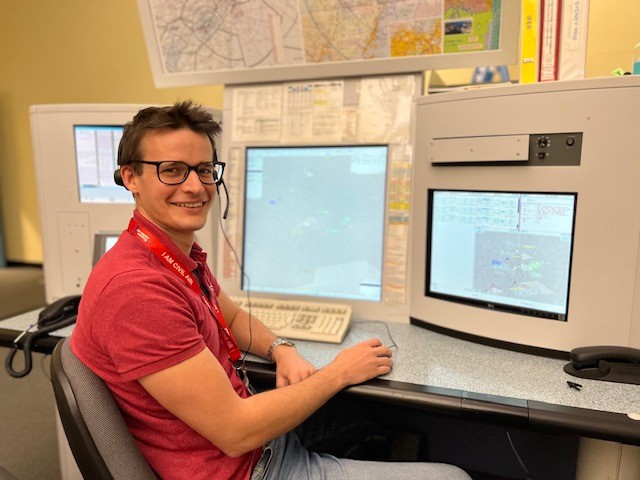KPI Results
| 2019-20 Result | 2020-21 Result | 2021-22 Target1 | 2021-22 Result | |
|---|---|---|---|---|
| Total Recordable Injury Frequency Rate (TRIFR) Total Recordable Injury Frequency Rate is defined as occurrences per million hours worked, resulting in an injury that requires either or both, medical treatment from a legally qualified medical practitioner; or a person to be absent for any complete day or shift, subsequent to the day upon which the injury occurred. | Measure transitioned from Lost Time Injury Frequency Rate | Measure transitioned from Lost Time Injury Frequency Rate | <4.5 | 8.5 |
| Employee Engagement Employee Engagement score reflects employee satisfaction with the statement "I am happy working at Airservices" expressed as a percentage. | Independent Review | 60%2 | >60 | 68 |
- Source: Airservices 2021-22 Corporate Plan, page 17.
- Launch of new Continuous Feedback platform (Glint) in October 2020.
Analysis
We continue to focus and drive a safe always culture across our organisation. Our Leaders are fully committed to providing a safe working environment and as such our TRIFR performance was unacceptable for the financial year. There were several factors contributing to the TRIFR result, including injuries resulting from operational physical training of our Aviation Rescue Fire Fighters and ergonomic-related injuries amongst our employees working from home. Initiatives to proactively manage these occurrences have commenced, while we continue to promote injury management and early intervention action.
These include:
- significant improvements in supporting the health and fitness of our Aviation Rescue Fire Fighters
- review and take action to improve our safety capability and our safety culture at all levels of the organisation
- improve how we communicate and consult on how to reduce risks
- a significant focus on mental health and wellbeing and supporting flexible work
- improve the way in which we manage workplace injuries when they do occur.
We transitioned from measuring Lost Time Injury Frequency Rate to Total Recordable Injury Frequency Rate as our people safety performance indicator as it provides a more comprehensive indication of impact on our people and better facilitates cross-organisational benchmarking.
We remain focused on building a high-performance culture and have continued to progress on all our commitments following the Review of Culture at Airservices Australia by Elizabeth Broderick in 2020.
Last year, we transitioned to a quarterly staff engagement survey to enable more regular insights into our workplace environment and culture. The above-target result for employee engagement reflects our leaders’ focus on sustaining a positive culture in our workplace. We have seen significant improvements in many areas of our People Engagement Survey results, including areas such as “Speak my mind”, “Safety” and “Wellbeing”.

